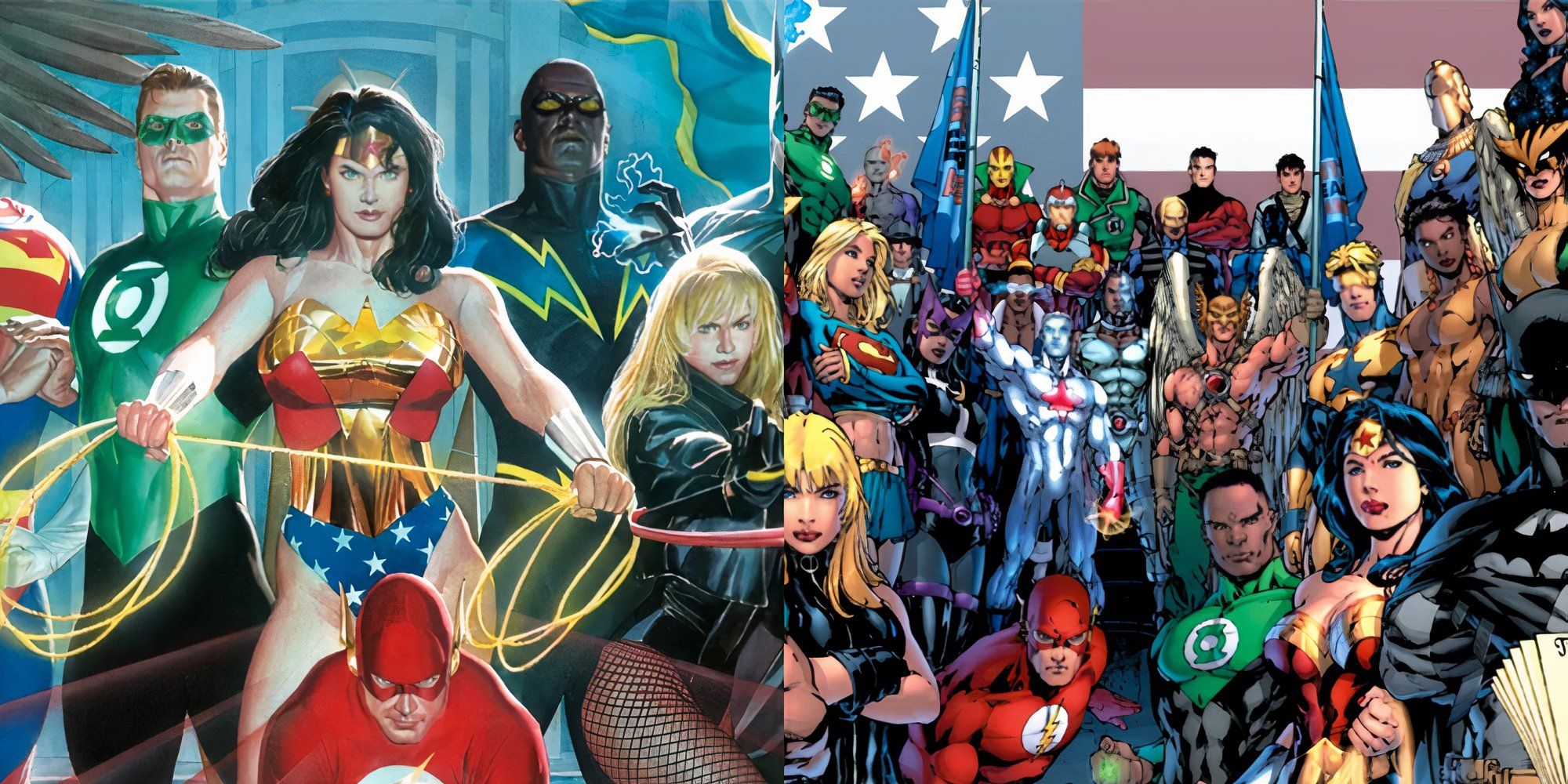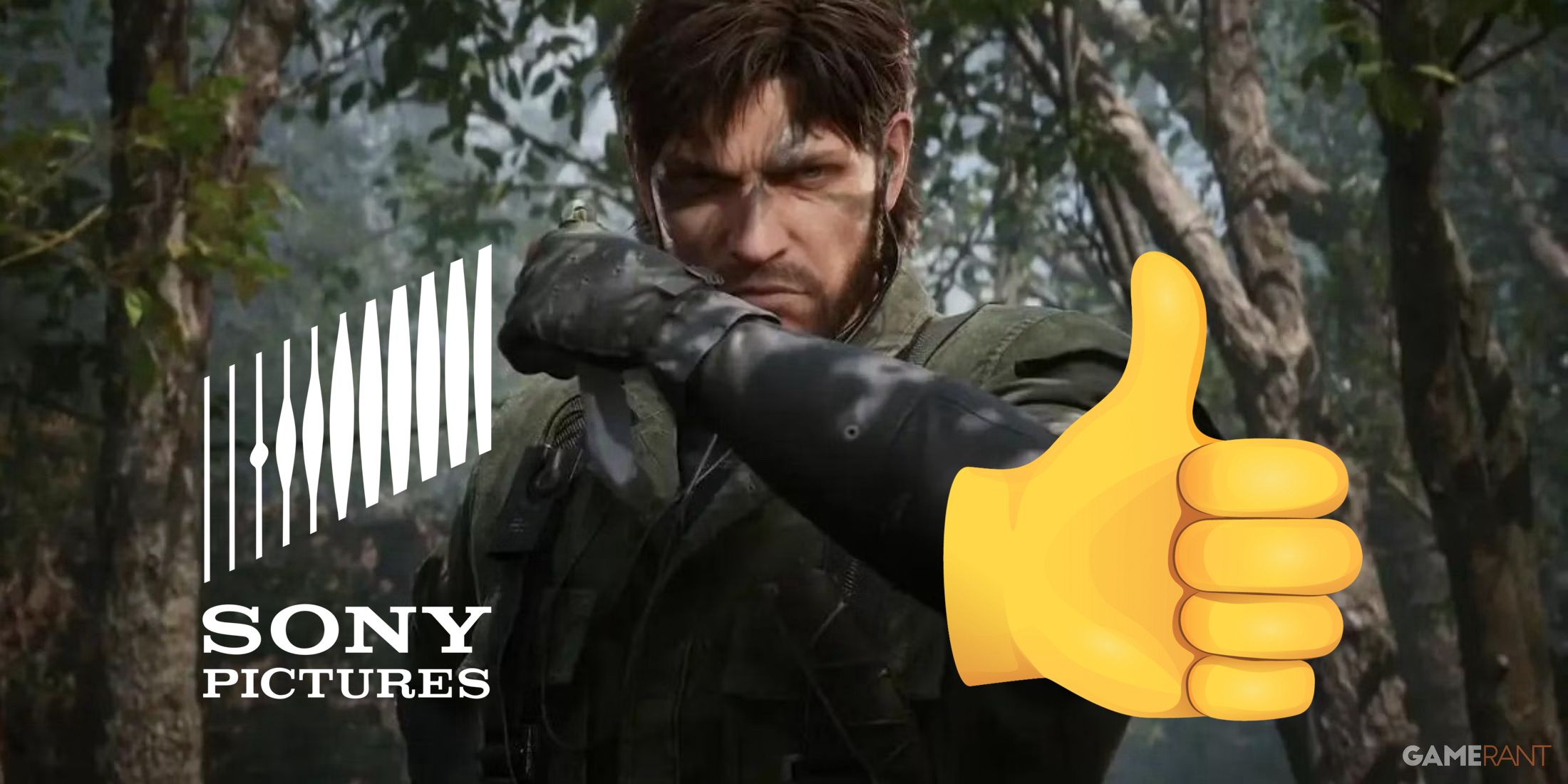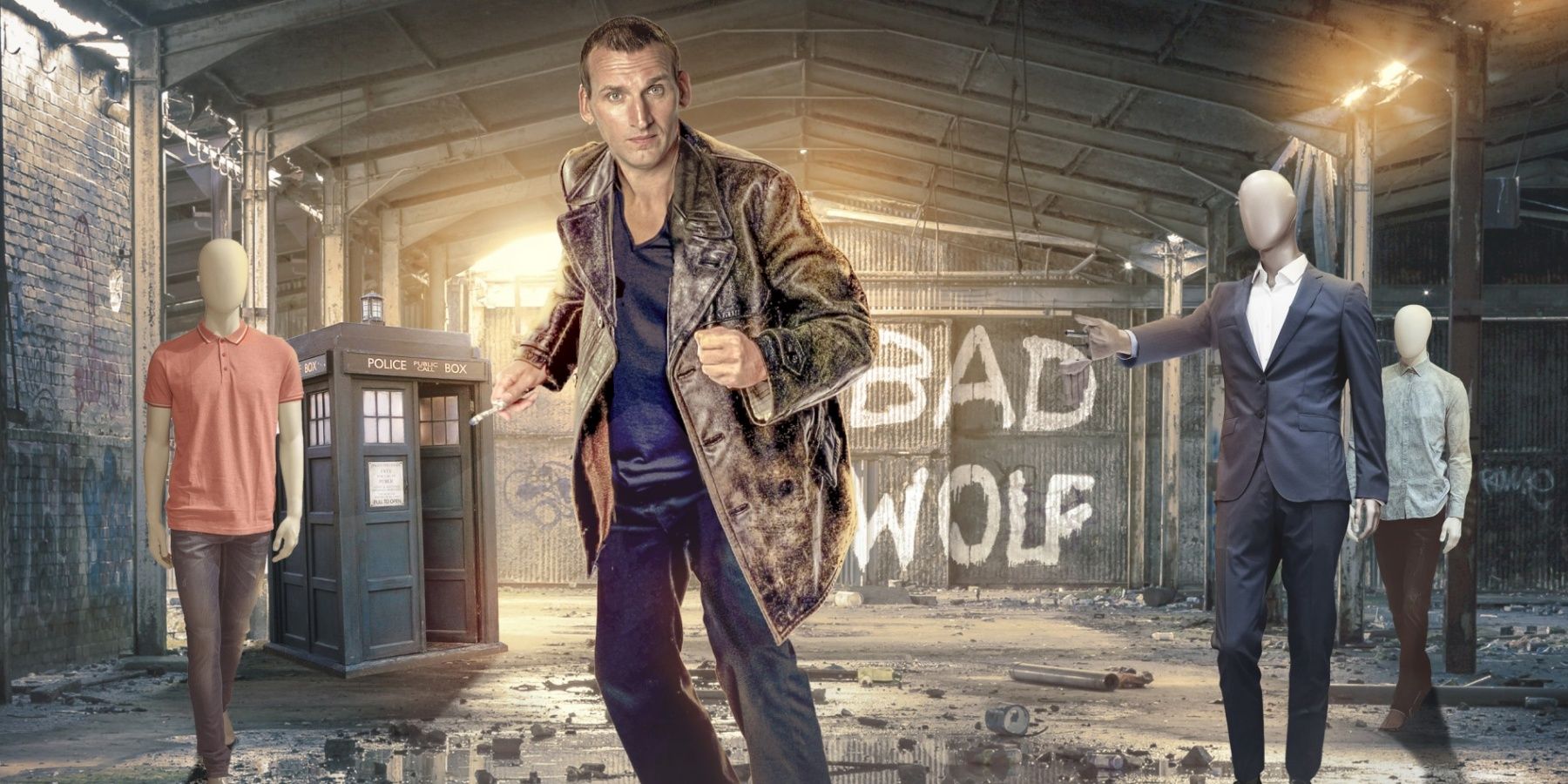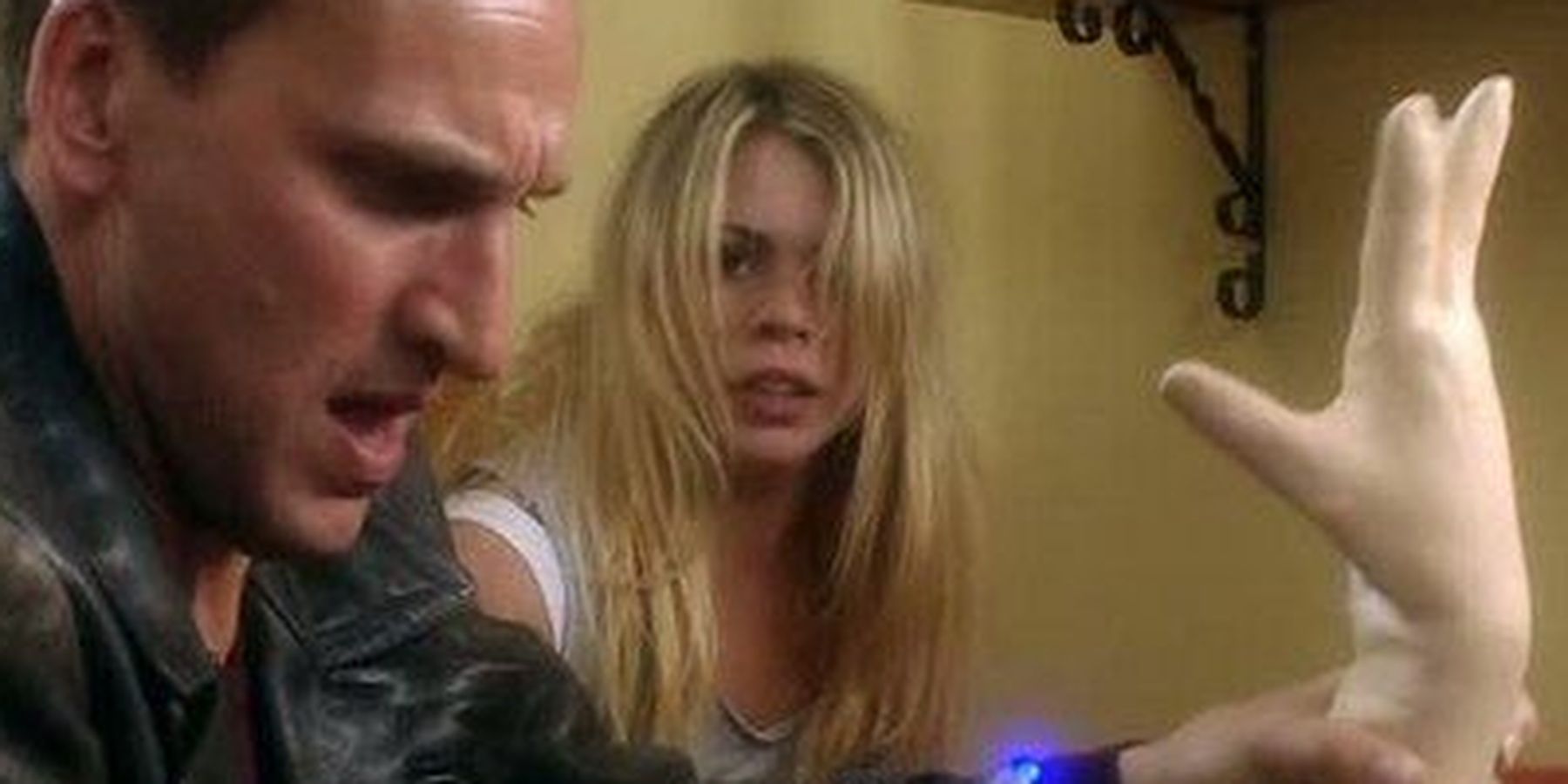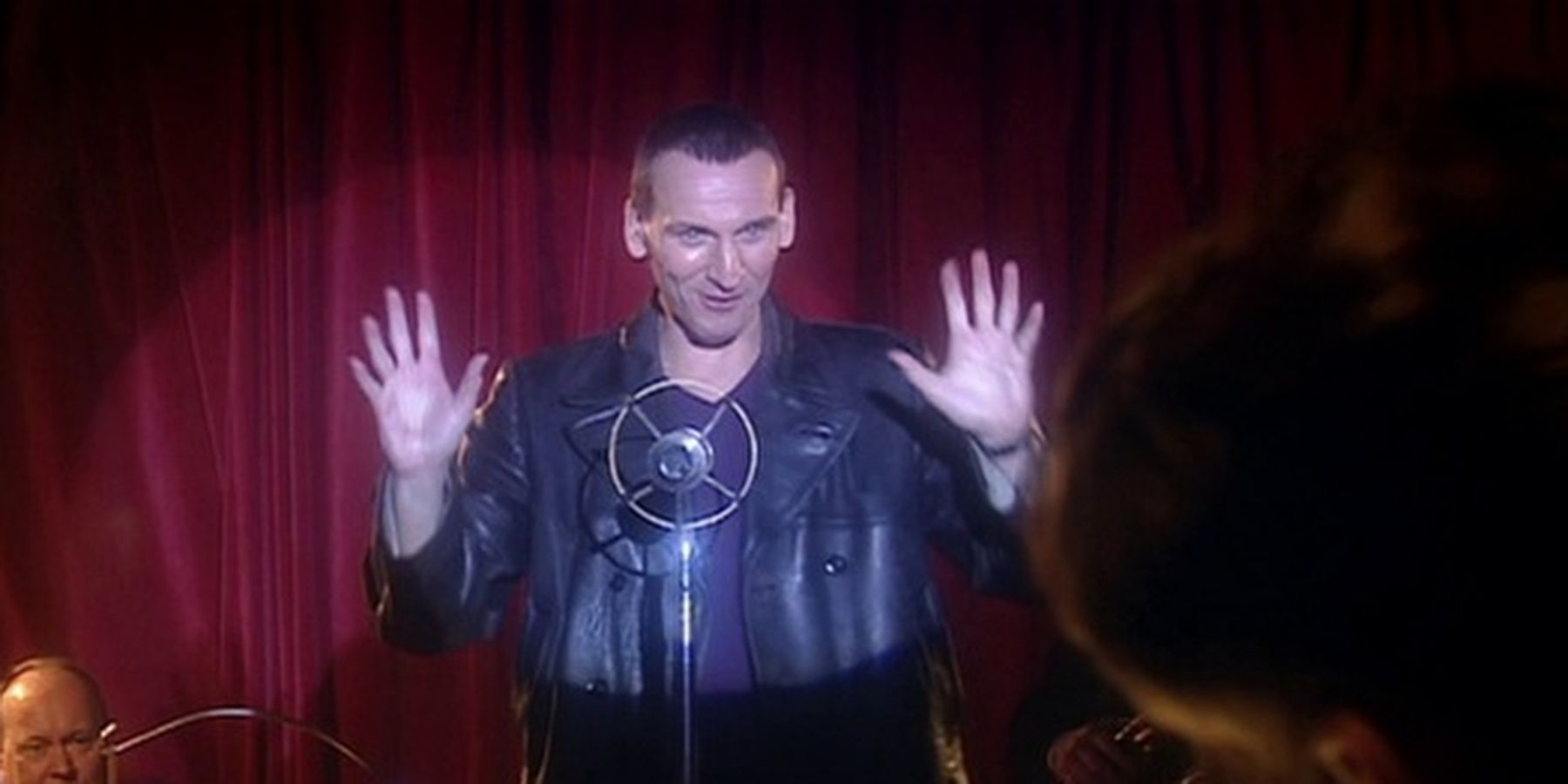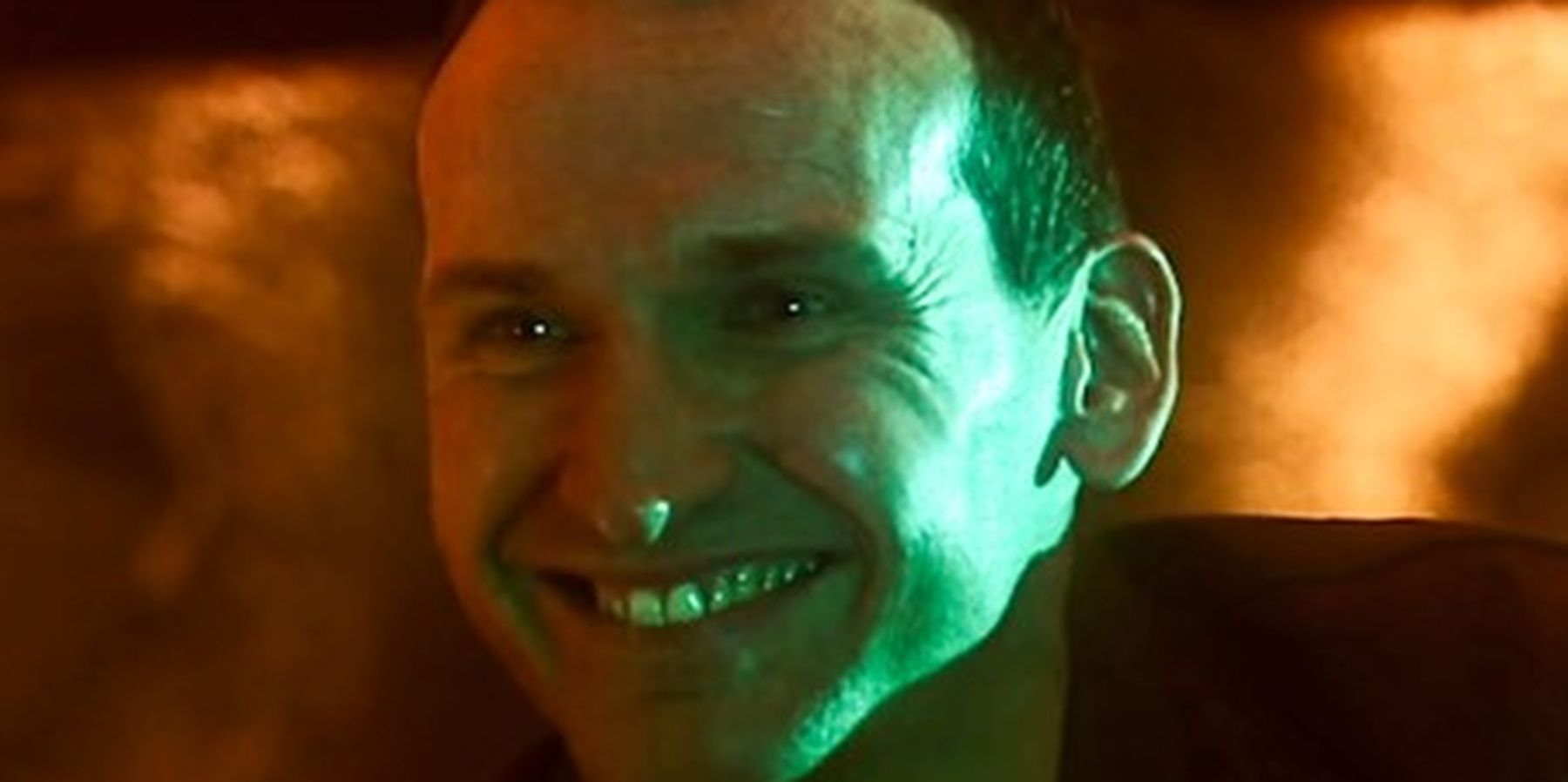In 2005, sci-fi fans were delighted by the return of time-traveling phone box dweller Doctor Who to Saturday night television. Originally airing from 1963 to 1989, Doctor Who became an iconic figure in science fiction. An alien with the ability to time-travel, fight alien invaders and regenerate to a new body and personality when mortally injured is not only interesting to watch, it's an ingenious way to keep the show going indefinitely.
For the 2005 revival, Christopher Eccleston was cast as the Ninth Doctor, taking the torch from Eighth Doctor Paul McGann. Known for his dramatic performances and regarded by many as one of the UKs' best actors, the casting of Eccleston was a surprise for many. People worried that the fun of the show could be lost. However, the show was a huge success. Eccleston created a nuanced version of The Doctor that held the attention of the nation, pleasing existing fans and creating legions of new ones. Eccleston's tenure only lasted one brief season before David Tennant took over the role, but it is important not to discount the effect his performance had on the series.
When the first episode of the Doctor Who revival aired on March 26th, 2005, audiences weren't sure what to expect. Would the Ninth Doctor be a more serious incarnation like the original Doctor, William Hartnell? Would viewers see his regeneration from Paul McGann to Christopher Eccleston? Most importantly, what will his sonic screwdriver look like?
The first time Eccleston's Doctor appears onscreen is when he saves future companion Rose Tyler (Billie Piper) from animated mannequins in the basement of the department store where she works. He then promptly blows the building up. Later, he appears at her door peering through the letterbox following a signal from his sonic screwdriver emanating from the living plastic arm that has followed Rose from the encounter. The living plastic arm then launches itself at him in an attempt to strangle him, giving Eccleston a chance to play with physical comedy as Roses' mum makes the tea, completely unaware.
In his first few scenes, it becomes clear that Eccleston's take on the character of The Doctor is going to be a multi-faceted one. Throughout the series, he is able to convincingly turn on a dime from a grinning and eccentric comedian to frightening Time Lord, known and feared throughout the universe. The Doctor has a long and storied history, literally containing multiple personalities and bodies that share the same core. Throughout the first series of the 2005 revival, it became increasingly apparent that Eccleston was determined to encompass the vast history of the character, while adding his own spin.
In the second episode, The Doctor takes Rose to the year 5 billion, to watch the end of the world. Following episodes are structured similarly, as self-contained adventures spanning space and time. Throughout the series is the thread of compassion: the compassion that The Doctor has for all life forms, the compassion he has for those in trouble, and even the compassion he has for those doing wrong. He always offers a chance for redemption, something he was never afforded in his own eyes.
As the series progresses, Eccleston really gets to play with his performance. In the two-part story "The Empty Child" and "The Doctor Dances," The Doctor and Rose find themselves in WWII England, where they encounter time agents, rogue nanogenes, and a terrifying child looking for his mummy. Throughout the narrative, audiences see The Doctor interacting with orphans of war, joining them for their stolen meals, and treating them as equals. The episodes are funny and scary and sweet all at once, and Eccleston conveys it all spectacularly. He is afraid of the Empty Child, he doesn't know yet what is happening, but he knows if he isn't careful he and more importantly Rose could end up transformed like him. The episode ends with his unbridled joy and relief: "Just this once, everyone lives!"
The series one arc of the Doctor Who revival concludes with the revelation of the meaning of Bad Wolf, a message that has been peppered throughout the series in cryptic ways. On a satellite station orbiting Earth, deadly versions of British reality TV shows are taking place. Losing means getting disintegrated — and Rose loses. In the fallout from this, The Doctor discovers that Daleks are behind the space station and its broadcasts, and are using the genetic material of humans to create new Daleks and bolster their numbers. In the course of trying to defeat the Daleks, Rose absorbs the heart of the TARDIS, an energy that gives her power to disassemble the Daleks on a molecular level and scatter them throughout the Universe. Unfortunately, this energy is also going to burn Rose from the inside out. The Doctor ultimately absorbs the energy from Rose, knowing it will kill him but save her.
The Ninth Doctor's final scenes are absolutely devastating. As the energy from his own TARDIS burns him up, he seems to be almost fine. He leaves the station with Rose and explains regeneration. He tells her about the planet Barcelona and how much he wanted to take her there, how the regeneration process is dodgy, and he doesn't know what will happen or who he will be. Every cell in his body is dying, but he won't die. He'll just be different.
As the Ninth Doctor comes to the end of his tenure as The Doctor, he laments that he won't be there to adventure with Rose. He tells her that she was fantastic. His final words are, "And you know what? So was I." And he was right, Eccleston was fantastic. He paved the way for the series' longevity. He set the bar for who and what The Doctor could be: a hero, a protector, a force to be reckoned with, and the oncoming storm.

